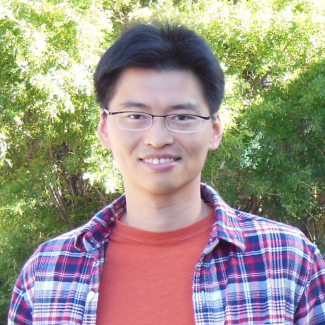Event
From pattern to form: how do genetically prescribed forces shape tissues?
Department of Biology Seminar Series
Dr. Bing He, Biomedical Engineering, University of Dartmouth

Hosted by Dr. Wei Guo
Home institution: Biomedical Engineering, University of Dartmouth
During development, an embryo must undergo many structural changes in order to form specific body plan and organ structures. In my laboratory, we seek to understand how genetic inputs for tissue patterning are translated into the biophysical behaviors of cells that give rise to stereotyped tissue forms. Our current work focuses on the folding mechanisms in 2-dimensional epithelial sheets. Epithelial folding is often mediated by constriction at the cell apices, which is driven by actomyosin contractions. Using Drosophila gastrulation as our model, we demonstrate that folding of the mesoderm epithelium is achieved through epithelial buckling jointly mediated by apical constriction in the mesoderm and in-plane compression from the surrounding ectoderm. Interestingly, this cross-tissue mechanical cooperation depends on the function of the polarity determinant Dlg1, which regulates apical mechanics outside of the constriction domain. In addition, we identified a feedback mechanism between apical actomyosin contractility and Rab11-mediated vesicle trafficking that reinforces the supracellular actomyosin network. This mechanism facilitates apical constriction by allowing the tissue to readily adapt to a rapid increase in tissue tension caused by activation of actomyosin contractions.
Lab website: https://sites.dartmouth.edu/hebing/
